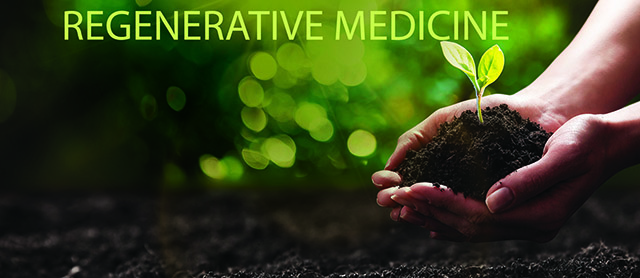The Power of PRP: How Regenerative Medicine Is Transforming Pain Relief at West Coast Pain Management

Chronic pain can take a toll on your mobility, mood, and overall quality of life. At West Coast Pain Management, we understand that many patients want solutions that don’t just mask symptoms, they want treatments that support true healing. This is where regenerative medicine, particularly Platelet-Rich Plasma (PRP) therapy, plays a leading role.
PRP has quickly become one of the most promising non-surgical treatment options for orthopedic injuries, arthritis, soft-tissue damage, and more. By harnessing your body’s own healing potential, PRP helps repair damaged tissue at the source—naturally and effectively.
What Is PRP (Platelet-Rich Plasma)?
PRP is a concentrated form of your own blood, rich in platelets, growth factors, and healing proteins. These are the same components your body naturally uses to repair injury.
How PRP Is Made
- A small amount of your blood is drawn.
- It is spun in a centrifuge to isolate platelets and growth factors.
- The resulting golden-colored plasma is injected directly into the injured or painful area.
Because PRP comes from your own body, it is:
- Safe
- Natural
- Minimally invasive
- Free of synthetic chemicals or foreign substances
How PRP Works in Regenerative Medicine
When PRP is injected into damaged tissue, the concentrated growth factors stimulate a powerful healing response. This leads to:
✔ Reduced inflammation
✔ Faster tissue repair
✔ Improved collagen production
✔ Enhanced blood flow to injured areas
✔ Long-term healing instead of symptom-based relief
PRP does not simply “cover up” pain—it supports the regeneration of healthier, stronger tissue.
Conditions PRP Can Help Treat
At West Coast Pain Management, PRP is used to treat a wide range of musculoskeletal and pain-related conditions, including:
Orthopedic + Joint Pain
- Knee osteoarthritis
- Shoulder arthritis or rotator cuff disease
- Hip joint degeneration
- Wrist and elbow arthritis (e.g., tennis elbow)
Soft-Tissue & Tendon Injuries
- Plantar fasciitis
- Tendonitis and tendinosis
- Partial ligament tears
- Chronic muscle strain or injury
Spine-Related Pain
While PRP cannot cure severe structural spinal conditions, it can reduce inflammation and support healing in:
- Facet joint dysfunction
- Sacroiliac joint pain
- Lumbar or cervical soft-tissue injury
What to Expect During PRP Treatment
PRP is performed in-office and typically takes less than an hour.
Before Treatment
- A consultation is completed to ensure PRP is appropriate for your condition.
- Stopping certain medications may be recommended to optimize PRP effectiveness.
During Treatment
- A blood draw is taken.
- PRP is prepared using sterile, medical-grade centrifuge technology.
- Local anesthesia may be applied for comfort.
- PRP is injected using precision techniques, often guided by ultrasound.
After Treatment
- Mild soreness may occur for 24–72 hours—this is part of the healing process.
- Most patients return to normal activity within a day or two.
- Improvement typically appears within a few weeks and continues over months as tissues regenerate.
Why Choose PRP at West Coast Pain Management?
Our clinic integrates PRP therapy into a personalized, comprehensive pain management plan, combining regenerative medicine with advanced diagnostics, interventional therapies, and rehabilitation. You benefit from:
✔Highly Trained Pain Specialists
Experienced physicians who understand how to target pain at its source.
✔Evidence-Based Protocols
We use high-quality PRP preparation systems to ensure optimal platelet concentration.
✔Ultrasound-Guided Precision
Targeted injections that maximize therapeutic results.
✔A Holistic Approach to Pain Relief
We aim to restore function—not just manage symptoms.
Is PRP Right for You?
PRP is an excellent option for patients who:
- Want to avoid or delay surgery
- Prefer natural, drug-free treatments
- Struggle with chronic tendon, ligament, or joint pain
- Have not improved with standard conservative treatments
- Want long-term improvements in mobility and function
PRP works best when combined with proper diagnosis, physical therapy, and lifestyle optimization—all offered here at West Coast Pain Management.
Experience the Future of Healing—Today
If you’re ready to explore regenerative medicine and take a proactive step toward healing, our team at West Coast Pain Management is here to help. PRP therapy can be a transformative option for long-lasting relief and improved quality of life.
📞 Contact us today to schedule your PRP consultation and discover whether regenerative medicine is right for you.
